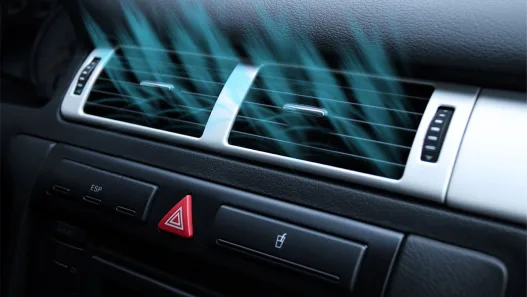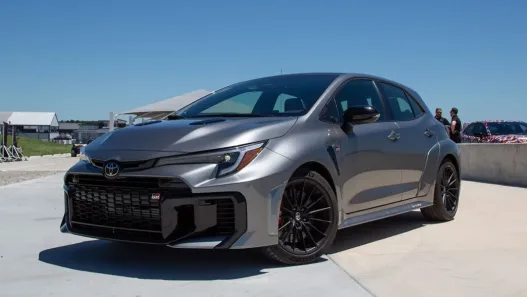Honda Motor Co., Ltd., commonly known as Honda, is a renowned Japanese multinational conglomerate and one of the most influential names in the global automotive and powersports industry. Headquartered in Minato, Tokyo, Honda was founded in October 1946 by Soichiro Honda and has since grown into a technological powerhouse with a diverse portfolio.
Since 1959, Honda has held the distinction of being the world’s largest motorcycle manufacturer, having produced over 500 million units as of May 2025. It also leads globally in internal combustion engine production, manufacturing more than 14 million engines annually.
By 2001, Honda had become Japan’s second-largest automobile manufacturer, and by 2015, it ranked as the eighth-largest automaker in the world.
With a firm commitment to innovation, Honda invested approximately 5.7% of its revenues (US$6.8 billion) into research and development in 2013. That same year, it became the first Japanese automaker to achieve net exporter status in the United States.
Honda’s global reach and forward-thinking ethos continue to drive its reputation as a leader in engineering excellence and sustainable mobility solutions.








